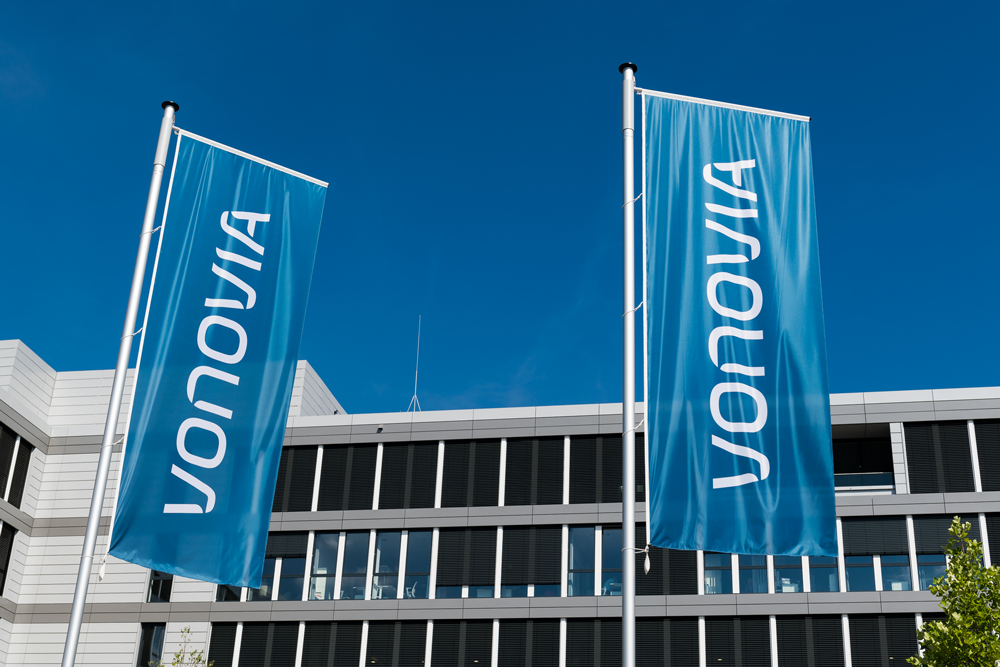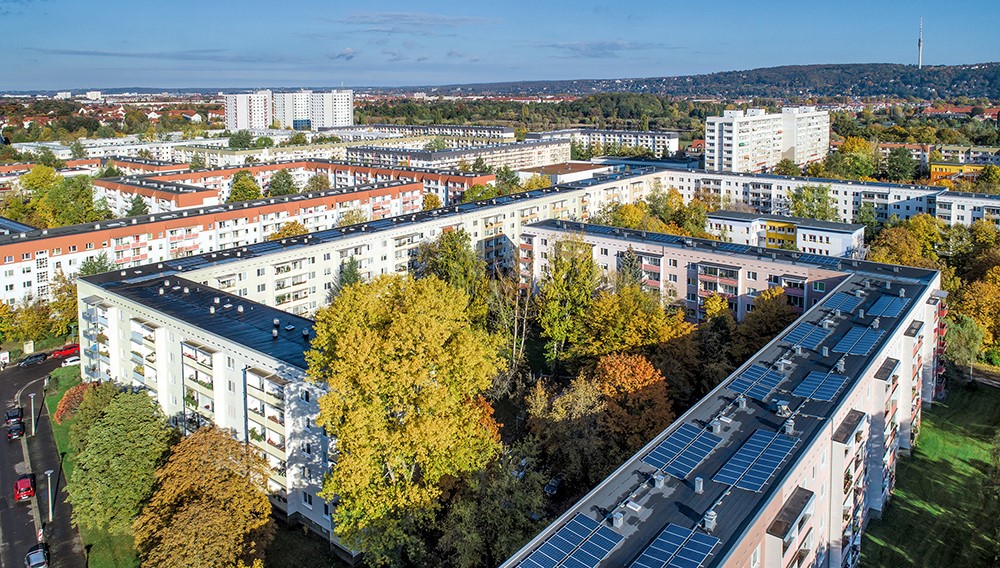Financial Performance Indicators
Group FFO is key for managing the sustained operational earnings power of our business. It is calculated as follows:
Calculation of Group FFO
Calculation of Group FFO | ||
Revenue in the Rental segment | ||
(-) | Expenses for maintenance | |
(-) | Operating expenses in the Rental segment | |
= | Adjusted EBITDA Rental | |
Revenue in the Value-add segment | ||
thereof internal revenue | ||
thereof external revenue | ||
(-) | Operating expenses in the Value-add segment | |
= | Adjusted EBITDA Value-add | |
Revenue in the Recurring Sales segment | ||
(-) | Fair value of properties sold adjusted to reflect effects not relating to the period from assets held for Recurring Sales | |
= | Adjusted result Recurring Sales | |
(-) | Selling costs in the Recurring Sales segment | |
= | Adjusted EBITDA Recurring Sales | |
Revenue from the disposal of “Development to sell” properties | ||
(-) | Cost of Development to sell | |
= | Gross profit Development to sell | |
Fair value Development to hold | ||
(-) | Cost of Development to hold | |
= | Gross profit Development to hold | |
(+) | Rental revenue Development | |
(-) | Operating expenses in the Development segment | |
= | Adjusted EBITDA Development | |
(+) | Adjusted EBITDA Deutsche Wohnen | |
Σ | Adjusted EBITDA Total | |
(-) | FFO interest expense | |
(-) | Current income taxes FFO | |
(-) | Consolidation | |
= | Group FFO | |
The individual EBITDA figures, after adjustments to reflect effects that do not relate to the period, recur irregularly or are atypical for business operation, form the basis for the operational management of the five segments.
The Adjusted EBITDA Rental reflects the operating profit from residential property management. It can be broken down into three central components: Rental segment revenue, expenses for maintenance and operating expenses in the Rental segment. The latter include all expenses and income that do not relate to expenses for maintenance or rental income in the Rental segment. In addition to the expenses for maintenance, we make large-scale investments in our real estate portfolios, with a distinction being made between capitalized maintenance and value-enhancing investment in modernization and new construction measures for our own portfolio. The total amount of all maintenance, modernization and new construction measures includes the services performed by the Group’s own craftsmen’s organization, valued at the market price, and any third-party services that have been purchased, including the development activities for the company’s own portfolio.
We manage business activities in the Value-add segment using the Adjusted EBITDA Value-add.
We measure the success of the Recurring Sales segment using Adjusted EBITDA Recurring Sales. The Adjusted EBITDA Recurring Sales compares the proceeds generated from the privatization business with the fair values of properties sold and the related costs of sale. In order to disclose profit and revenue in the period in which they are incurred and to report a sales margin, the fair value of properties sold, valued in accordance with IFRS 5, have to be adjusted to reflect realized/unrealized changes in value.
The Development segment is managed via the Adjusted EBITDA Development. In addition to the revenue from the sale of residential properties built in the reporting year to third parties and the associated costs, we also record the fair value that newly constructed properties create for our own portfolio, as well as the associated costs, as a means of measuring the success of the Development segment.
In the Deutsche Wohnen segment, we report all business activities of the Deutsche Wohnen Group for the three months of 2021 in which it belonged to the Group. These include real estate management, the sale of apartments (excluding effects from Non-core disposals, which are presented in the “Other” column of the segment report), Development and the Care business. We measure the success of these business activities via the Adjusted EBITDA Deutsche Wohnen.
The Adjusted EBITDA Total is calculated as the sum total of the Adjusted EBITDA figures for our five segments. It expresses the overall performance of our sustainable operating business before interest, taxes, depreciation and amortization.
As financing is a fundamental component for the success of our business activities, we deduct the current interest expense, adjusted for special circumstances (FFO interest expense), from the Adjusted EBITDA Total. Taking current income taxes and consolidation effects into account, this allows us to calculate Group FFO, the key figure for the sustained earnings power of our business.
When it comes to managing the growth of our company, we also focus on total segment revenue. Total segment revenue includes all income generated by the five segments that contributes to value creation, i.e., that covers costs and makes an earnings contribution.
Calculation of Total Segment Revenue
Calculation of Total Segment Revenue | ||
Rental income | ||
(+) | Other income from property management unless included in the operating expenses in the Rental segment | |
(+) | Income from disposals Recurring Sales | |
(+) | Internal revenue Value-add | |
(+) | Income from the disposal of properties (Development) | |
(+) | Fair value Development to hold | |
= | Total Segment Revenue | |
In addition to our operational earnings power, the value of our property assets and our modernization and new construction measures are decisive for the further development of our company.
The EPRA Net Tangible Assets (EPRA NTA) is used to manage the company’s value. Our calculations are based on the best practice recommendations of the EPRA (European Public Real Estate Association). The indicator that is relevant from a corporate management perspective is the EPRA NTA per share.
Calculation of EPRA NTA
Calculation of EPRA NTA | ||
Total equity attributable to Vonovia’s shareholders | ||
(+) | Deferred tax in relation to fair value gains of investment properties* | |
(+) | Fair value of financial instruments** | |
(-) | Goodwill | |
(-) | Intangible assets | |
(+) | Real estate transfer tax* | |
= | EPRA NTA | |
(/) | no. of shares as of the reporting date | |
= | EPRA NTA per share | |
- * Share for core and hold portfolio.
- ** Adjusted for effects from cross currency swaps.
An additional non-operational key financial figure, the loan-to-value ratio (LTV ratio) is also used for monitoring the degree to which debt is covered by the value of the properties. This key figure helps the real estate sector ensure a sustainable ratio of borrowings to the fair values of our properties.
All of the key financial figures shown here are known as “non-GAAP” measures or alternative performance measures (APMs), i.e., key figures which cannot be taken directly from the figures in the consolidated financial statements according to IFRS. The financial performance indicators can, however, all be reconciled to the closest-possible key figure in the consolidated financial statements.



